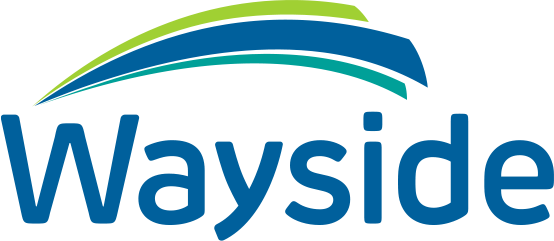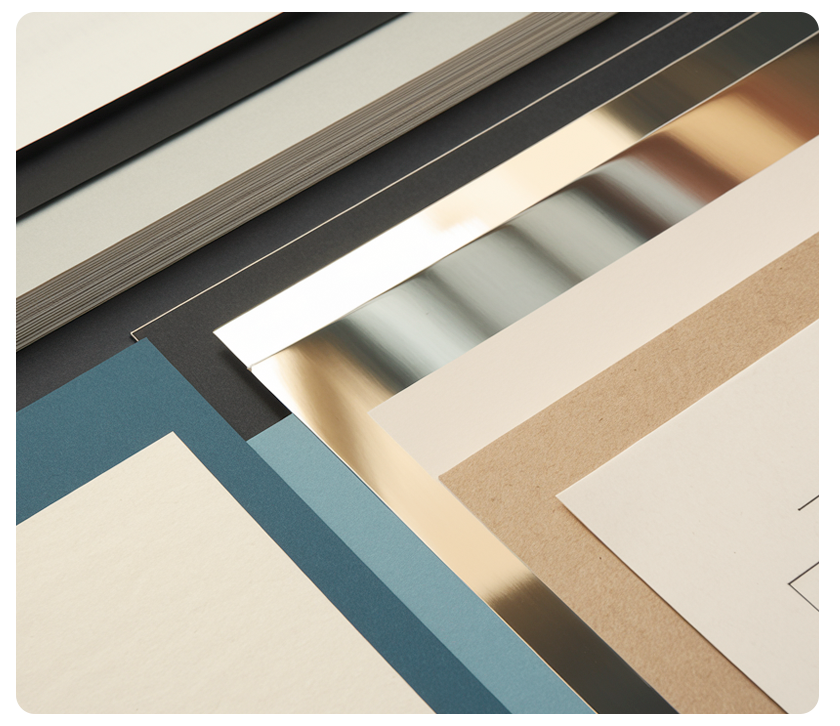Ever feel a bit lost when picking paper for your print projects? Terms like basis weight, points, and colour cast can sound confusing, right? No worries! Here’s a handy guide to help you navigate the basics.
Basis Weight: This term refers to how much a ream (500 sheets) of paper weighs at its standard size—the uncut dimensions printers use. For instance, if you’re looking at book paper, a ream that weighs 70 pounds is called 70-lb. paper. In metric terms, that’s about 104 g/m².
Points: When it comes to thicker stocks like cover or card, you’ll often see thickness measured in points, abbreviated as “pt.” One point equals 1/1000th of an inch, so if you see an “8-pt. cover,” the paper is 0.008 inches thick.
Paper Grade: This term helps describe what the paper is meant for. For example, bond paper is typically used for letters and documents, while book paper is—you guessed it—used for books. Thicker options include cover, bristol, tag, and index.
Coatings- C1S and C2S: Many papers are coated during production to improve colour quality and detail. C1S means “coated one side,” which is great for labels and packaging. C2S means “coated two sides,” making it ideal for double-sided printing for brochures, catalogs, and similar applications.
Brightness: This refers to how much light a sheet reflects. Basic white copy paper typically has a brightness of around 92. Higher-brightness papers are generally used for commercial printing applications such as print marketing and business cards. Lower brightness tends to be used for books, flyers, and applications designed to have an eco-friendly or vintage appearance. Paper can also reflect different amounts of red, green, or blue light, which can affect the final colour of your print if you’re not careful.
Choosing the right paper can enhance the look and feel of your projects. Interested in diving deeper into how your paper choices can elevate your work? Let’s chat!


0 Comments